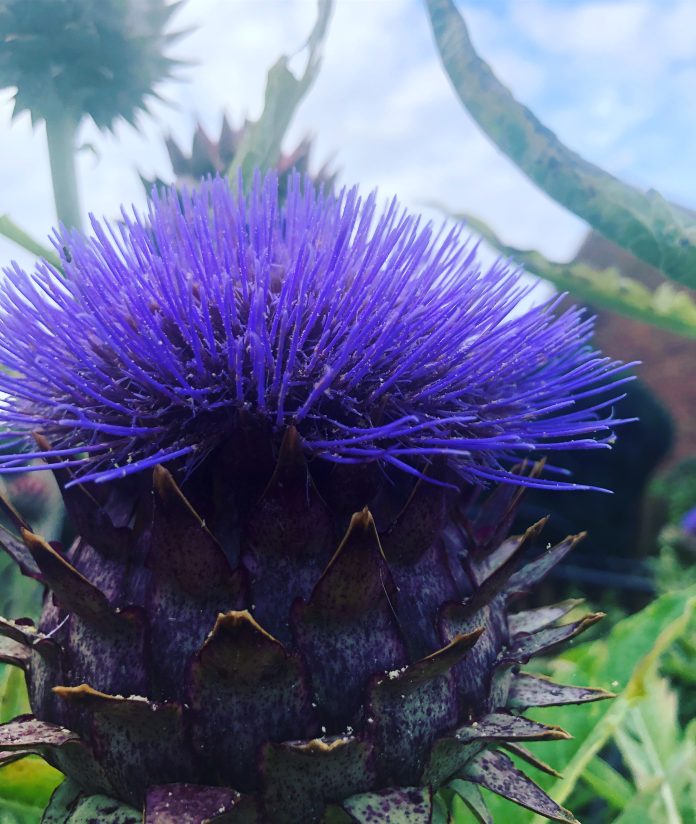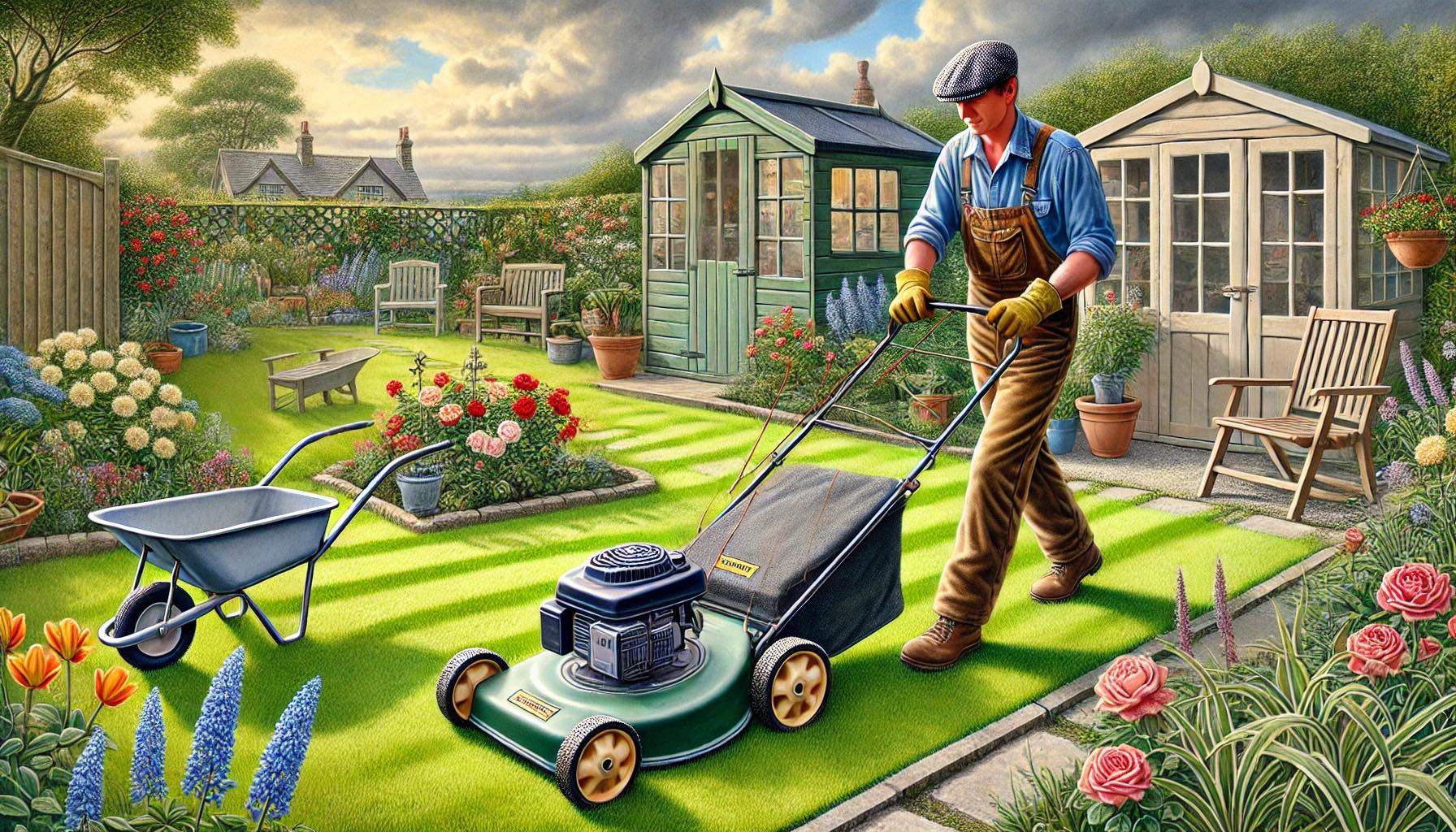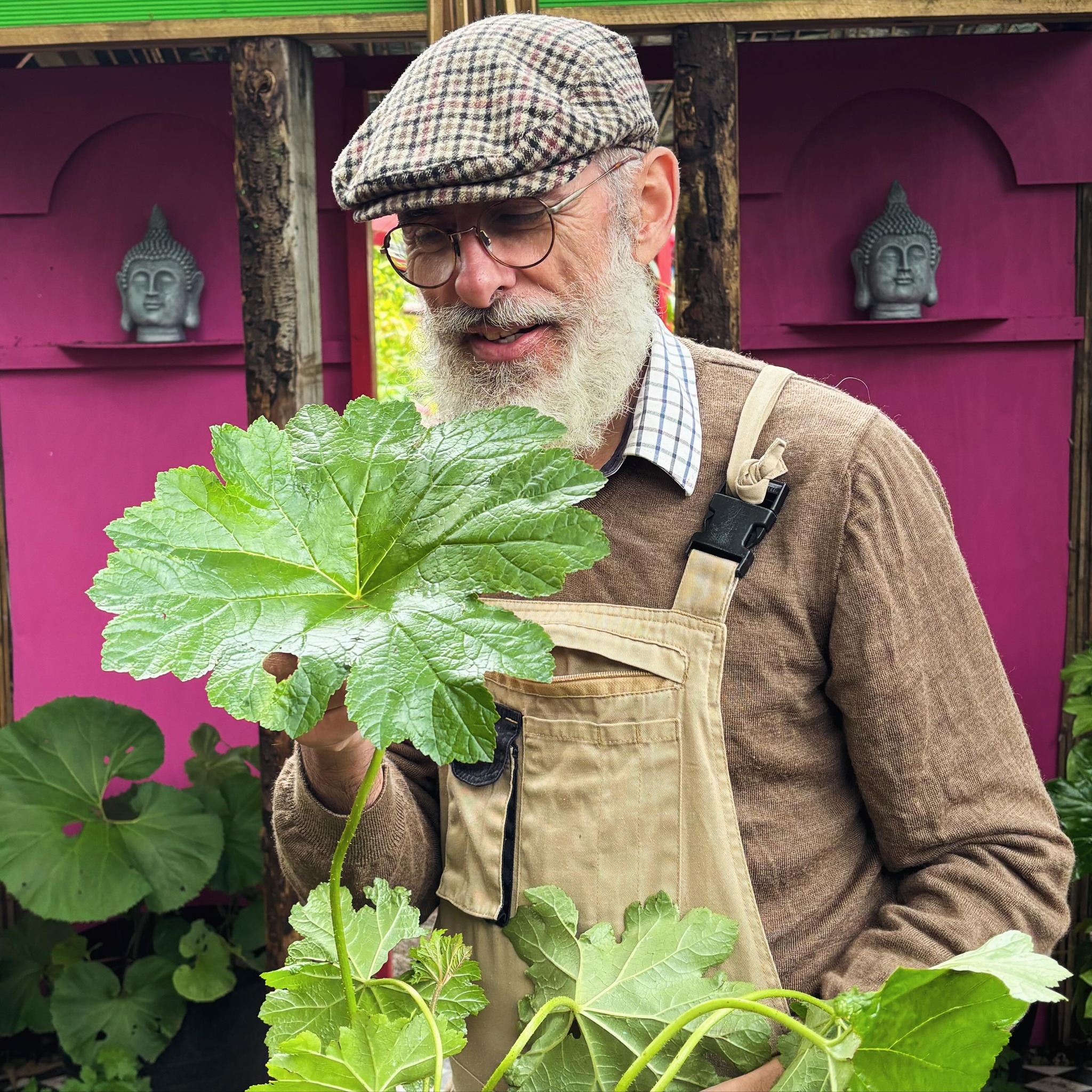Here’s a guide on how to grow cardoons in the UK
Cardoons (Cynara cardunculus) are large, striking plants related to artichokes. They are grown for their edible stalks and attractive, silvery foliage.
Choose a Suitable Variety:
There are different varieties of cardoons, so choose one that suits your preferences and growing conditions.
Cardoons (Cynara cardunculus) come in various varieties, each with unique attributes. The availability of specific varieties can depend on your location and access to seeds or plants. Some notable cardoon varieties include:
‘Gigante di Romagna’: A classic Italian variety prized for its large, thick stalks, often favored in culinary applications.
‘Porto Spineless’: This variety is cultivated for its reduced spines, making it more manageable and recognized for its tender stalks.
‘Large Smooth Leaf’: Known for its sizable, smooth leaves, this traditional variety is grown for both ornamental and culinary purposes.
‘Lechoso’: A Spanish variety valued for its thick, succulent stalks, commonly used in Spanish cuisine.
‘Albenga’: An Italian variety known for its tender stalks, particularly popular in Ligurian recipes.
‘Eaton’: Characterized by its large, robust plants and vigorous growth, making it a preferred choice for home gardeners.
When choosing a variety for your garden, consider factors such as plant size, stalk thickness, and any specific culinary or ornamental characteristics. Check with local nurseries, seed suppliers, or online sources for varieties well-suited to the UK’s growing conditions.
It’s essential to explore local gardening communities for recommendations and insights into varieties that thrive in the UK. Keep in mind that the availability of specific varieties can vary, and new varieties may be introduced over time.
Select a Sunny Location:
Cardoons prefer full sun but can tolerate partial shade. Choose a location in your garden that receives at least 6-8 hours of sunlight per day.
Soil Preparation:
Cardoons prefer well-drained soil that is rich in organic matter. Prepare the soil by adding compost or well-rotted manure before planting.
Planting:
Cardoons can be grown from seeds or purchased as young plants. If starting from seeds, sow them indoors 8-10 weeks before the last expected frost, and then transplant them outdoors after the danger of frost has passed. Plant them about 3 feet (90 cm) apart.
Watering:
Keep the soil consistently moist, especially during dry spells. However, cardoons are somewhat drought-tolerant once established.
Mulching:
Apply a layer of mulch around the base of the plants to retain moisture, suppress weeds, and regulate soil temperature.
Fertilizing:
Cardoons benefit from regular feeding. Apply a balanced fertilizer, preferably one high in potassium, in the spring and again in midsummer.
Staking:
As cardoons grow tall and can be top-heavy, it’s a good idea to stake them to prevent them from falling over. Install stakes early in the growing season and tie the plants loosely to the stakes as they grow.
Pruning:
Some gardeners prune cardoons to encourage larger, more tender stems. Remove the outer stems, leaving the central ones to continue growing.
Harvesting:
Harvest cardoon stalks when they are young and tender. This is typically in late autumn or early winter. Use a sharp knife to cut the stems at the base.
Winter Care:
In colder regions, mulch around the base of the plants in late autumn to protect them from frost. In severe winters, you may need to provide additional protection.
Propagation:
Cardoons are perennial, but they can be short-lived. To ensure a continuous supply, consider saving seeds or dividing the plants every few years.
Growing cardoons in the UK can be a rewarding experience, adding both visual interest and a unique vegetable to your garden. Following these guidelines will help you cultivate healthy and productive cardoon plants.
Can you eat Cardoons?
Yes, cardoons are edible, and they are grown for their edible stalks. The taste of cardoon is often described as similar to artichokes, as they belong to the same plant family. The inner stalks are the most commonly consumed part, and they are often blanched before being cooked to reduce bitterness. The flavor is milder than that of artichokes, and the texture is crisp when cooked.
Here’s a general guide on how to prepare and cook cardoons:
Harvesting: Harvest cardoon stalks when they are young and tender, typically in late autumn or early winter. Use a sharp knife to cut the stems at the base.
Blanching: To reduce bitterness, blanch the cardoon stalks before cooking. Blanching involves placing the cut stalks in boiling water for a few minutes and then transferring them to ice water to stop the cooking process.
Cooking Methods: Once blanched, cardoons can be prepared in various ways, such as:
Braising: Simmer cardoon stalks in broth or a flavorful liquid until tender.
Roasting: Toss cardoon pieces with olive oil and roast them until they are golden brown and tender.
Grilling: Grill cardoon stalks after blanching for a smoky flavor.
Sautéing: Sauté cardoon pieces in a pan with garlic, herbs, or other seasonings.
Serving Suggestions: Cardoons can be served as a side dish, added to salads, or used as an ingredient in casseroles and gratins. They pair well with flavors like lemon, garlic, and herbs.
It’s worth noting that while the inner stalks are the primary edible part, other parts of the cardoon plant, such as the leaves and flowers, are typically not consumed due to their bitterness.
As with any new food, if you’re trying cardoons for the first time, it’s a good idea to start with a small amount to see how you like them and to ensure that you don’t have any adverse reactions.




